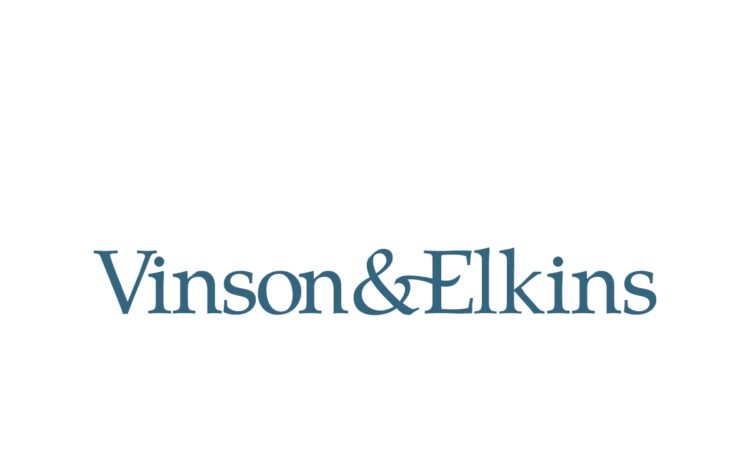As 2023 draws to a close we are taking a moment to recap on some of the headline events that have occurred in the aviation industry during the last 12 months:
-
A New Aviation CLO Issuance
Alternative Aviation lender Ashland Place Finance ended the year with a bang pricing their oversubscribed $324.3 million debut aviation collateralized loan obligation (“CLO”). This deal is the second aviation CLO to come to market this year and the second-ever aviation CLO to hit the public market following the $893.5 million SALT 2021-1 issuance. Earlier this year aviation lessor Castlelake closed a two-tranche, privately placed aviation CLO to refinance a loan warehouse. It remains to be seen whether 2024 will see a resurgence for this product, which was lauded as the next big thing following the launch of SALT 2021-1. [For more information on this topic, see our article, An Introduction to Aviation CLOs, – https://www.velaw.com/insights/an-introduction-to-aviation-clos/].
-
The Continued Importance of SAF
Sustainable aviation fuel (SAF) remains a hot topic as the aviation industry seeks to meet the 2050 net-zero carbon targets. Aviation currently produces approximately 2% to 3% of the world’s carbon emissions, and that number will only rise as air traffic increases and other industries move to decarbonize more quickly than aviation can. Aviation carbon emissions are on track to double by 2050 under a “business as usual” trajectory. The prevailing industry belief is that SAF is vital to reversing these trends. Virgin Atlantic attracted attention around the world on April 28, 2023 when the first transatlantic flight powered by 100% SAF flew from Heathrow Airport to John F. Kennedy International Airport. But challenges remain in converting to SAF. For one, current technology supports no more than 50/50 blends of SAF with traditional jet fuel. Additionally, the demand for SAF greatly outstrips its availability, driving up prices to the point that they become unaffordable for airlines. Increasing production of SAF is not a simple matter either. Significant financing is needed to develop a new SAF plant, and investors are wary of both upfront costs and lower than anticipated returns if they invest in the wrong kind of SAF. [For more information on this topic, see our article, Synthetic SAF: Considerations for Commercial Viability, https://www.velaw.com/insights/synthetic-saf-considerations-for-commercial-viability/].
-
Lessors Return to the Unsecured Bond Market
By the end of the second quarter of 2023, aircraft lessors had issued $6.975 billion in unsecured capital markets debt, the highest figure since Q4 2021. SMBC Aviation Capital issued a further $1.65 billion in two separate issuances in May and July. This is in stark contrast with the unsecured bond issuance volumes seen amongst lessors in 2022, which ended on a low of $7.36 billion. Western-based lessors issued the majority of this debt, with many issuers returning to the market for the first time since 2021. However, bond coupons remain higher than in prior years. Bonds issued in the first two quarters of 2023 had average coupons in the range of 5.225% to 5.69%, whereas average coupons for bonds issued between 2019 and 2021 were in the 1% to 3% range.
- Lessor Trading on the Upswing, Including Large and Midsize Portfolio Sales
After two sluggish years, trading activity picked up at the end of 2023. While aircraft financing costs remain high when compared to previous years and many aircraft remain saddled with narrow-margin leases, sheer demand for used aircraft is prevailing at the moment. Several factors have driven an uptick in demand for used aircraft, including the scarcity of new aircraft due to OEM delays, the generally positive performance of commercial airlines globally, uncertainly surrounding the impact of the GTF inspection crisis on operations and growing consensus that interest rates are at a peak. Early indications are that 2024 will continue this trend with at least seven midsize to large aircraft portfolios rumored to be in the market.
-
A New Twist in the Russia Insurance Claims Dispute
The various claims made by lessors against their insurers arising from the aircraft stranded by the Russia-Ukraine conflict, and the imposition of the various sanctions regimes continue to work their way through the English, Irish and U.S. courts. Some threshold jurisdictional questions have been resolved though. Earlier this month, the Irish High Court held that it had jurisdiction to hear claims against a lessor’s contingent and possessed insurance syndicate as the lessor’s policy expressly submitted to the jurisdiction of the Irish courts. A Russian insurer in the syndicate had argued that since the operator’s policy provided for Russian jurisdiction, it should supersede the lessor’s policy. Additionally, new paths to settlement have emerged following AerCap’s announcement in September that it had reached a landmark sanctions-compliant deal with the Russian state-controlled insurance company NSK. In exchange for a reported $645 million, AerCap agreed to sell several aircraft on lease to Russian flag carrier Aeroflot PJSC to NSK and withdraw all pending claims against the operator’s Russian insurers. SMBC Aviation Capital (for a reported $710 million), CDB Aviation (for a reported $195 million), and CALC (for a reported $23.57 million) reached similar settlements with NSK for aircraft that were previously leased to Aeroflot PJSC. These settlements could be the first of many and provide a road map for others as there are reports that S7, Russia’s largest private airline and the second-largest airline overall, has approached many international lessors to reach a sanctions-compliant deal, which would see the airline’s domestic insurer’s pay out for stranded aircraft.

















